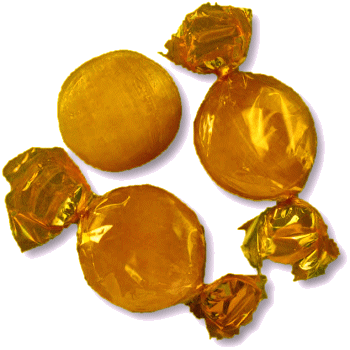




WELCOME TO An Entertainment Site for Scottish Country Dancers - Enjoy the curated selection of theme-related dances for celebrations and holidays, or find a dance associated with a special calendar day, or EVEN your own birthday!
Auld Lang Syne by Tim Cockburn
Hogmanay
Dec 31
Other Scottish Country Dances for this Day
Today's Musings, History & Folklore
"Should auld acquaintance be forgot, And never brought to mind? Should auld acquaintance be forgot, And auld lang syne!"
Farewell to the old year with hopes for health and courage to face the new! This strathspey was published by Thomas Wilson in 1816 and interpreted by the RSCDS Book 27 in 1975. With an inverse allemande and a poussette, there is ample opportunity to greet all members of the set. Thomas Wilson, a prominent dance master and author from the early 19th century, was based in London and is best known for his extensive writings on dance, including several manuals that described the dances, etiquette, and techniques of the time.
Auld Lang Syne
It's New Year's Eve!
"Auld Lang Syne" is the Scots poem written by Robert Burns in 1788 and set to the tune of a traditional folk song. Well known in many countries, it is traditionally sung to bid farewell to the old year at the stroke of midnight.
The song's Scots title may be translated into standard English as "old long since", or more idiomatically, "long long ago", "days gone by" or "old times".
Consequently, "For auld lang syne", as it appears in the first line of the chorus, might be loosely translated as "for (the sake of) old times".
In 1793, Robert Burns filled a twenty-page letter with comments on seventy-four songs that editor George Thomson had proposed to include in a musical anthology. Burns then offered Thomson "one song more" the manuscript of "Auld Lang Syne."
Burns claimed (perhaps disingenuously) to have transcribed the text as he listened to an old man singing a traditional song. As for the tune then associated with the words, Burns considered it "but mediocre." When Thomson he published "Auld Lang Syne" in his Select Collection of Original Scottish Airs in 1799 (after Burns' death), he substituted a different tune - the one sung today.
One custom for singing Auld Lang Syne begins with everyone joining hands with the person next to them to form a great circle. At the beginning of the last verse, everyone crosses their arms across their breast, so that the right hand reaches out to the neighbor on the left and vice versa. When the tune ends, everyone rushes to the middle, while still holding hands. When the circle is re-established, everyone turns under the arms to end up facing outwards with hands still joined.
For a animation of the poem appearing to be read by Robert Burns' himself, click the music and copy of Burns' handwriting of the verse.
Happy New Year!
Click the dance cribs or description below to link to a printable version of the dance!





